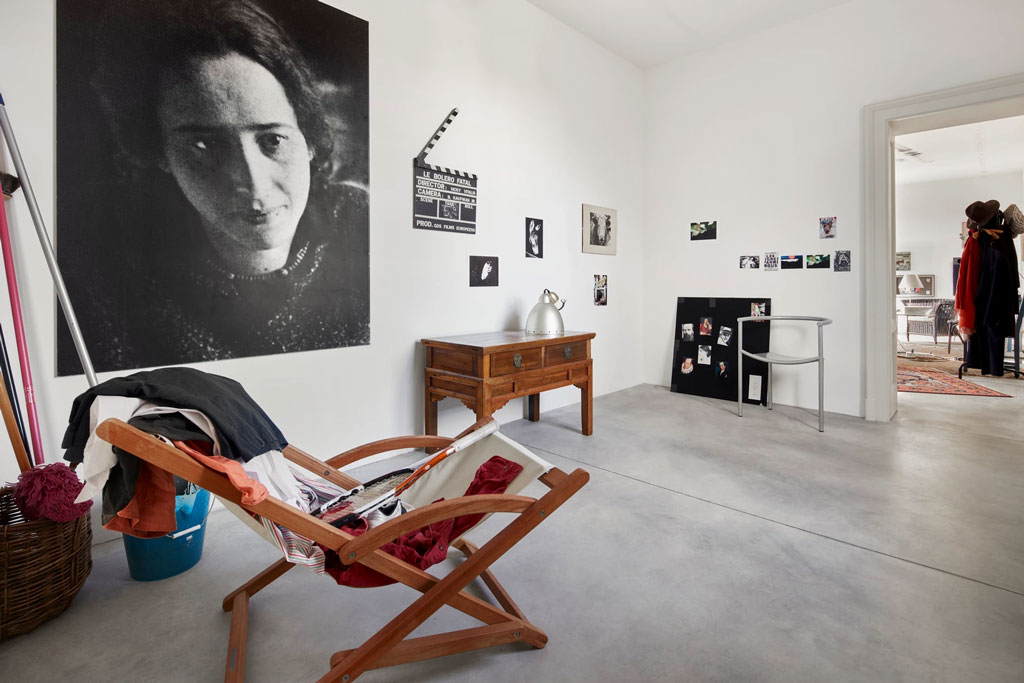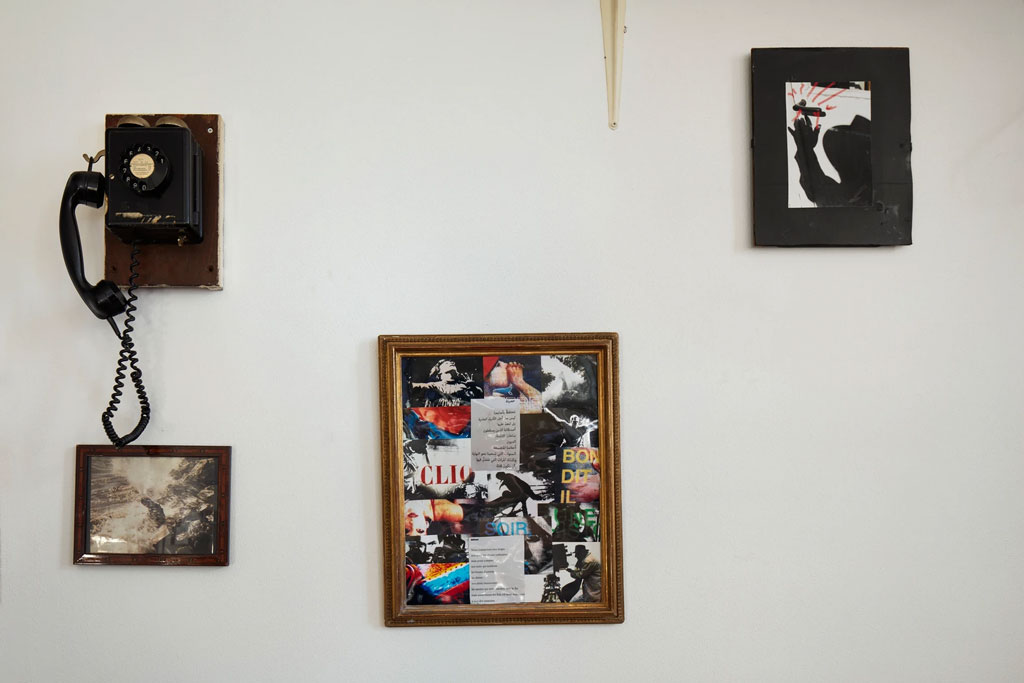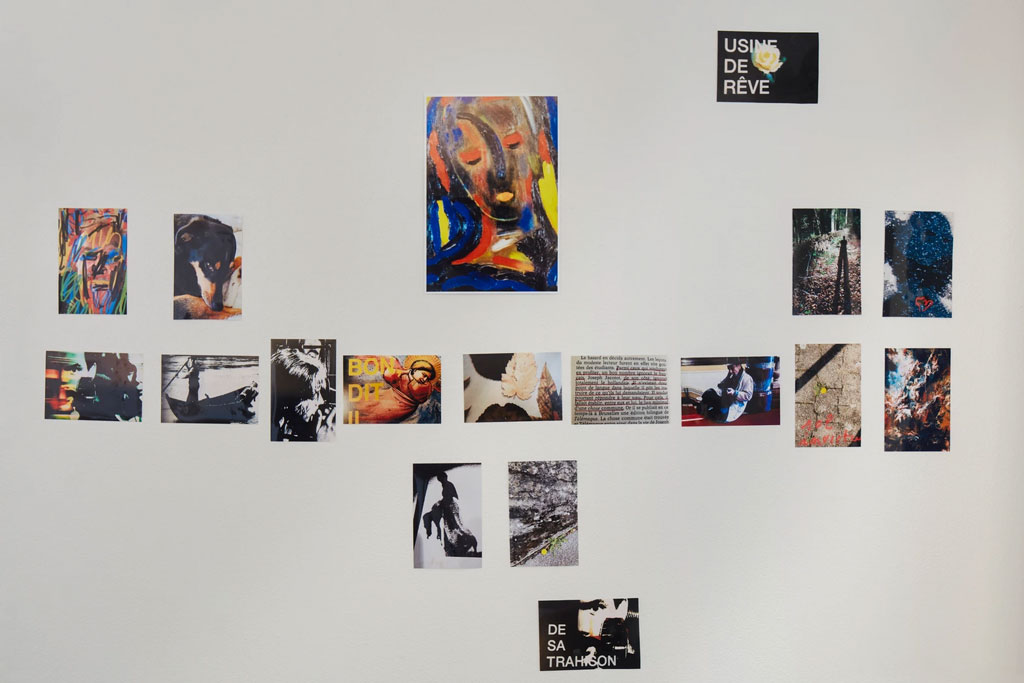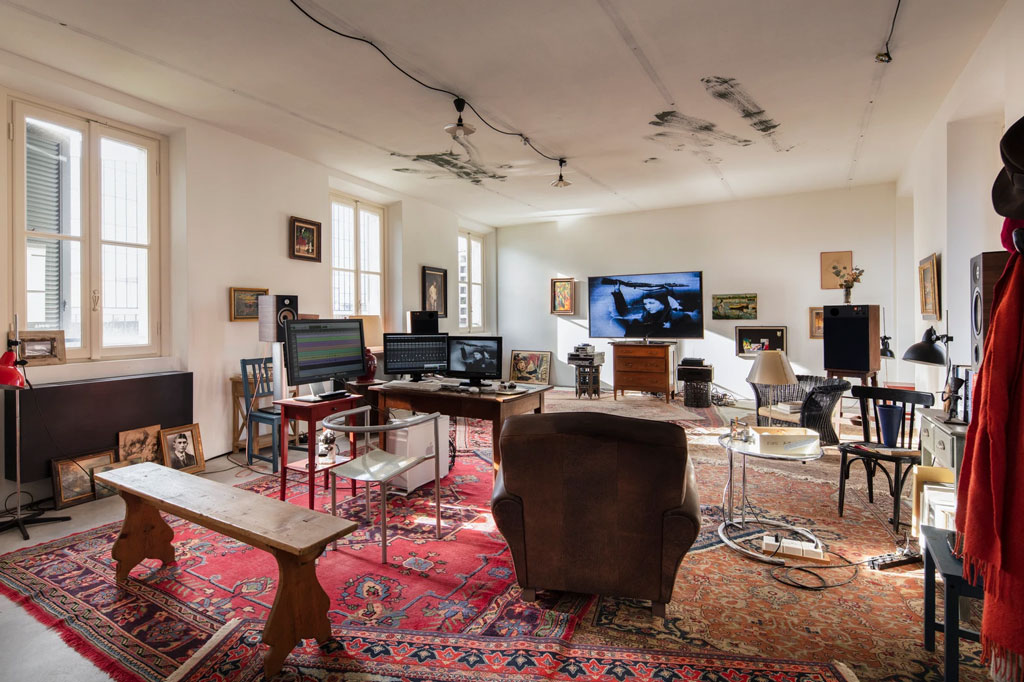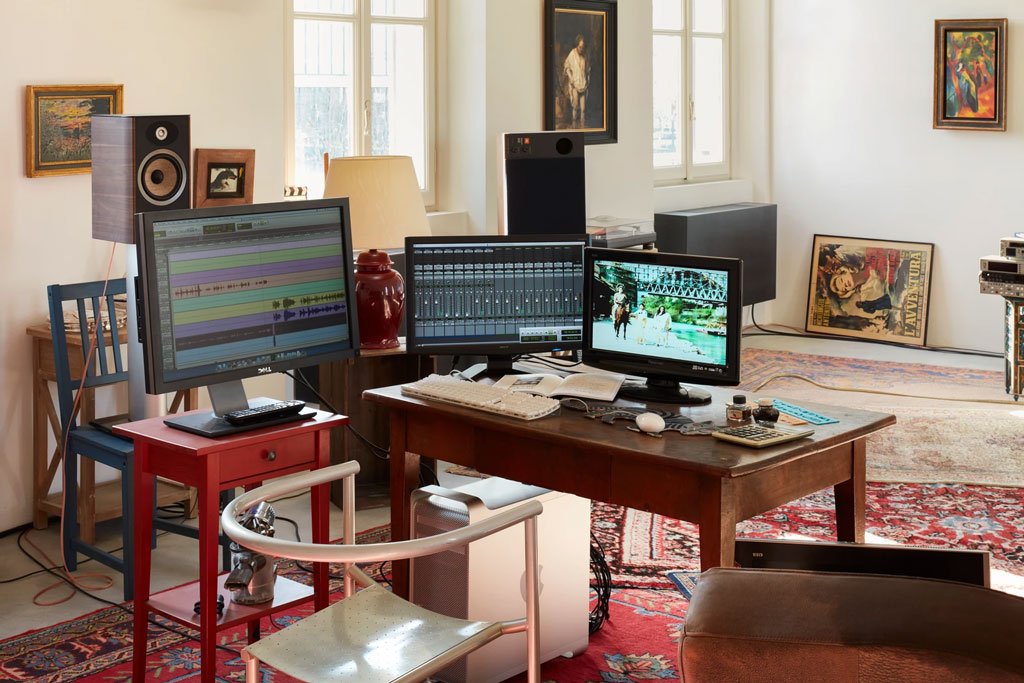ART-PRESENTATION: Jean-Luc Godard, Le Studio d’Orphée-Part II
 Jean-Luc Godard rose to prominence as a pioneer of the 1960s French New Wave film movement. He broke every cinema rule, every day, in every movie. Incorporating what professionals thought of as mistakes (jump-cuts were only the most famous instance), mixing high culture and low without snobbish distinctions, demolishing the fourth wall between viewing himself as a maker of fictional documentaries, essay movies, and viewing his movies as an inseparable extension of his pioneering work as a film critic for Cahiers du Cinéma in the 1950s.
Jean-Luc Godard rose to prominence as a pioneer of the 1960s French New Wave film movement. He broke every cinema rule, every day, in every movie. Incorporating what professionals thought of as mistakes (jump-cuts were only the most famous instance), mixing high culture and low without snobbish distinctions, demolishing the fourth wall between viewing himself as a maker of fictional documentaries, essay movies, and viewing his movies as an inseparable extension of his pioneering work as a film critic for Cahiers du Cinéma in the 1950s.
By Dimitris Lempesis
Photo: Fondazione Prada Archive
His latest project, a long-term collaboration with the Fondazione Prada titled “Le Studio d’Orphée” is an extension of this artistic conceit. Rather than simply present an exhibition on his creative practice, Godard allows viewers to inhabit it. He has created what he terms an atelier “a recording and editing studio, a living and working place”, a name that nods to the intense craftsmanship behind his filmmaking. Within the comfort of this intimate environment – which opens to the public for the first time today – visitors will be able to watch some of Godard’s films, screened on a large monitor (usually used by the director as a working tool) placed atop a small wooden chest of drawers. These include the film “Le Livre d’image” (2018) and nine short movies by the director: “On s’est tous défilés” (1988), “Je vous salue Sarajevo” (1993), “Les enfants jouent à la Russie” (1993), “The Old Place” (1998), “De l’origine du XXIème siècle” (2000), “Liberté et Patrie” (2002), “Une bonne à to ut faire” (2006), “Vrai faux passeport” (2006) and “Une Catastrophe” (2008) will be screened on a television monitor usually employed by Godard as a working tool. Visitors have the unique opportunity to attend the screening of “Le Livre d’image” in the physical place where the film was conceived and realized, in the editing, the sound mixing, the production and post-production phases. For the first time it is possible to closely observe the creative process at the origin of a cinematographic work. They create a spatial and emotional geography, within which visitors will be invited to live an experience of exploration, without imposed ideas or an univocal interpretation. Jean-Luc Godard also conceived “Accent-sœur”, a sound installation inside Fondazione Prada’s Torre’s lift. Visitors are able to listen to the soundtrack of “Histoire(s) du cinema” an 8-part video work realized from 1988 to 1998 by the director, who used excerpts from films, news, philosophy writings, novels, poems, music and artworks to narrate the complex and multifaceted history of the seventh art. It is no coincidence that one of Godard’s sentences in “Histoire(s) du cinema” reads as follows: “I, too, had believed for a moment that the cinema authorized Orpheus to look back without causing Euridyce’s death. I was wrong. Orpheus will have to pay”.
Info: Fondazione Prada, Largo Isarco, 2, Milan, Duration:4/12/19- , Days & Hours:Wed-Mon 13:00-19:00 (Booking is required), www.fondazioneprada.org
